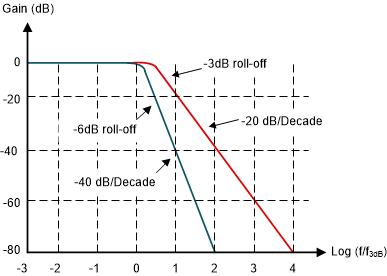SLYY211 October 2021 TMS320F2800132 , TMS320F2800133 , TMS320F2800135 , TMS320F2800137 , TMS320F2800152-Q1 , TMS320F2800153-Q1 , TMS320F2800154-Q1 , TMS320F2800155 , TMS320F2800155-Q1 , TMS320F2800156-Q1 , TMS320F2800157 , TMS320F2800157-Q1 , TMS320F280021 , TMS320F280021-Q1 , TMS320F280023 , TMS320F280023-Q1 , TMS320F280023C , TMS320F280025 , TMS320F280025-Q1 , TMS320F280025C , TMS320F280025C-Q1 , TMS320F280033 , TMS320F280034 , TMS320F280034-Q1 , TMS320F280036-Q1 , TMS320F280036C-Q1 , TMS320F280037 , TMS320F280037-Q1 , TMS320F280037C , TMS320F280037C-Q1 , TMS320F280038-Q1 , TMS320F280038C-Q1 , TMS320F280039 , TMS320F280039-Q1 , TMS320F280039C , TMS320F280039C-Q1 , TMS320F280040-Q1 , TMS320F280040C-Q1 , TMS320F280041 , TMS320F280041-Q1 , TMS320F280041C , TMS320F280041C-Q1 , TMS320F280045 , TMS320F280048-Q1 , TMS320F280048C-Q1 , TMS320F280049 , TMS320F280049-Q1 , TMS320F280049C , TMS320F280049C-Q1 , TMS320F28075 , TMS320F28075-Q1 , TMS320F28076 , TMS320F28374D , TMS320F28374S , TMS320F28375D , TMS320F28375S , TMS320F28375S-Q1 , TMS320F28376D , TMS320F28376S , TMS320F28377D , TMS320F28377D-EP , TMS320F28377D-Q1 , TMS320F28377S , TMS320F28377S-Q1 , TMS320F28378D , TMS320F28378S , TMS320F28379D , TMS320F28379D-Q1 , TMS320F28379S
- 1 Message from the editors
- 2 System Design
- 3 Controllers
- 4 ADC
- 5 Comparator
- 6 Processing
- 7 Encoders
- 8 Pulse width modulation (PWM)
- 9 DAC
- 10Mathematical models
- 11Important Notice
2.7.2 Filter Orders
Filters can be of first order, second order, third order, and so forth. This is defined by the number of poles found within the Section 10.2. This chapter will focus on 1st and 2nd order filters. Figure 2-7 shows the difference on a magnitude plot between a 1st (red curve) and 2nd order filter (blue curve).
 Figure 2-7 Filter response curves.
Figure 2-7 Filter response curves.Definitions:
- Passive: Only includes passive components such as resistors, capacitors, and inductors.
- Active: Includes active components such as op-amps while still utilizing resistors and capacitors.
| Filter Type | Active/Passive | Circuit | Gain (Vout/Vin) |
|---|---|---|---|
| Low-Pass | Passive | ||
| High-Pass | Passive | ||
| Low-Pass | Active | ||
| High-Pass | Active |
Where
Transfer function of 1st order low pass filter
Transfer function of 1st order high pass filter
Cutoff frequency
Capacitive reactance
| Filter Type | Active/Passive | Circuit | Gain (Vout/Vin) |
|---|---|---|---|
| Low-Pass | Passive | where n is the number of stages | |
| High-Pass | Passive | ||
| Low-Pass | Active | ||
| High-Pass | Active |
Where
Transfer function of 2nd order low pass filter
Transfer function of 2nd order high pass filter
Cutoff frequency (same capacitor and resistor values)
Cutoff frequency (different capacitor and resistor values)